Olympic National Park, located in the state of Washington, is a diverse natural wonderland that offers a unique blend of ecosystems.
Spanning nearly a million acres, the park includes temperate rainforests, rugged coastlines, alpine regions, and old-growth forests.
Its rich biodiversity and stunning landscapes make it a must-visit destination for nature lovers and adventure seekers.









Olympic National Park Travel Guide
Best Time to Visit
The park is open year-round, but the best time to visit depends on your interests:
- Summer (June to September): This is the most popular time to visit due to the warm weather and accessible trails. It’s perfect for hiking, camping, and exploring the park’s diverse ecosystems.
- Fall (October to November): Fall offers fewer crowds and beautiful autumn foliage, especially in the lower elevations.
- Winter (December to February): The park transforms into a winter wonderland, ideal for snowshoeing and winter photography, particularly in the Hurricane Ridge area.
- Spring (March to May): Spring brings blooming wildflowers and lush green landscapes, making it a great time for photography and experiencing the park’s vibrant nature.
Top Attractions:
- Hurricane Ridge: One of the most accessible mountain areas in the park, Hurricane Ridge offers stunning panoramic views of the Olympic Mountains. In summer, it’s a great spot for hiking, while in winter, it turns into a hub for snow sports like skiing and snowshoeing.
- Hoh Rain Forest: Step into one of the few temperate rainforests in the world. The Hoh Rain Forest is famous for its lush, moss-draped trees and abundant wildlife. The Hall of Mosses Trail is a popular short hike that immerses you in this green paradise.
- Rialto Beach: Part of the park’s Pacific coastline, Rialto Beach is known for its dramatic sea stacks, tide pools, and driftwood-covered shores. The hike to Hole-in-the-Wall, a natural arch carved by the ocean, is a highlight.
- Lake Crescent: This crystal-clear glacial lake is surrounded by mountains and old-growth forests. Lake Crescent is ideal for kayaking, canoeing, and fishing. The nearby Marymere Falls Trail is an easy hike that leads to a beautiful waterfall.
- Sol Duc Hot Springs: After a day of exploring, relax in the natural hot springs of Sol Duc. The hot springs resort offers several pools of varying temperatures, making it a perfect spot to unwind.
Activities
- Hiking: With over 600 miles of trails, Olympic National Park is a hiker’s paradise. Trails range from easy walks to challenging backcountry routes.
- Wildlife Watching: The park is home to diverse wildlife, including elk, black bears, and various bird species. The Elwha River and the shores of Lake Crescent are good spots for wildlife observation.
- Camping: The park offers several campgrounds, each providing a unique experience. Kalaloch Campground offers oceanfront sites, while Sol Duc Hot Springs Campground is near the relaxing hot springs.
Tips for Visiting
- Permits: If you plan on backcountry camping, you’ll need a wilderness permit, which can be obtained at the park’s visitor centers or online.
- Weather: The weather can change quickly in the park, especially in the mountains. Be sure to bring layers, waterproof clothing, and sturdy footwear.
- Leave No Trace: Olympic National Park is a pristine environment. Be mindful of your impact by following Leave No Trace principles—pack out all trash, stay on designated trails, and respect wildlife.
Getting There:
- By Car: Olympic National Park is approximately a 2-hour drive from Seattle. The park has several entrances, with the main visitor center located in Port Angeles.
- By Ferry: You can also reach the park via ferry from Seattle to Bainbridge Island, followed by a scenic drive to the park.
Where to Stay:
- Lodges: The park has a few historic lodges, including Lake Crescent Lodge and Kalaloch Lodge, offering comfortable accommodations within the park.
- Camping: For a more immersive experience, consider staying at one of the park’s campgrounds. Reservations are recommended during peak season.
- Nearby Towns: Port Angeles and Forks are the closest towns, offering additional lodging options, restaurants, and amenities.
Conclusion
Olympic National Park is a breathtaking destination that offers something for everyone. Whether you’re seeking adventure or tranquility, the park’s diverse landscapes and natural beauty will leave you with unforgettable memories.

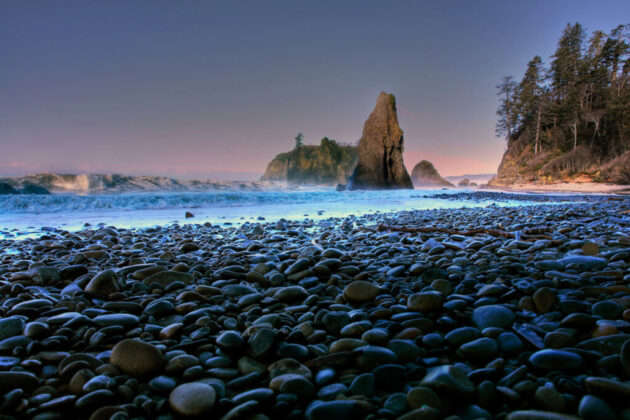










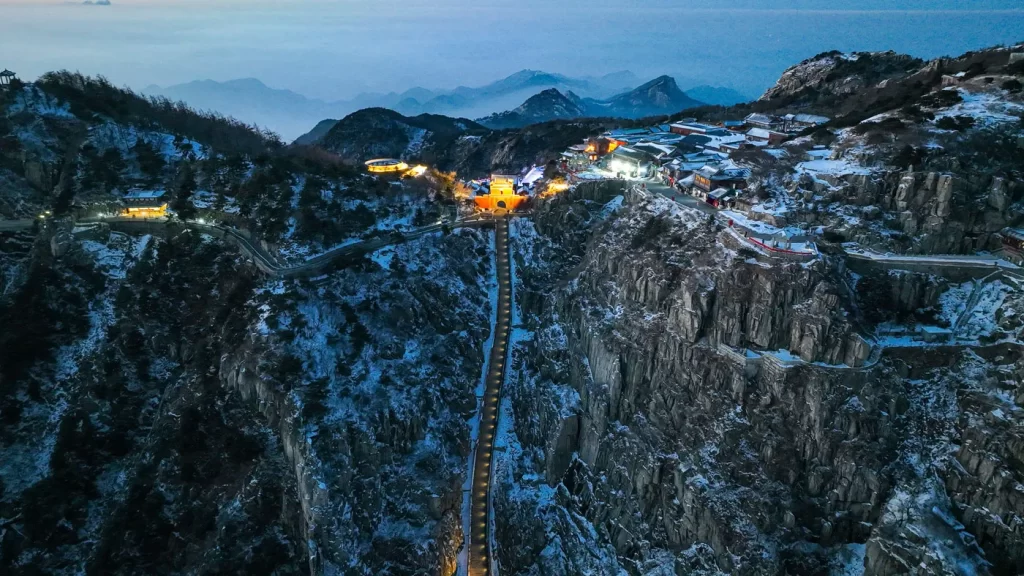
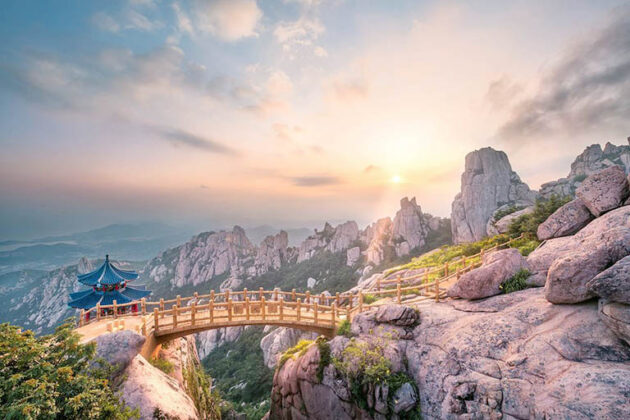
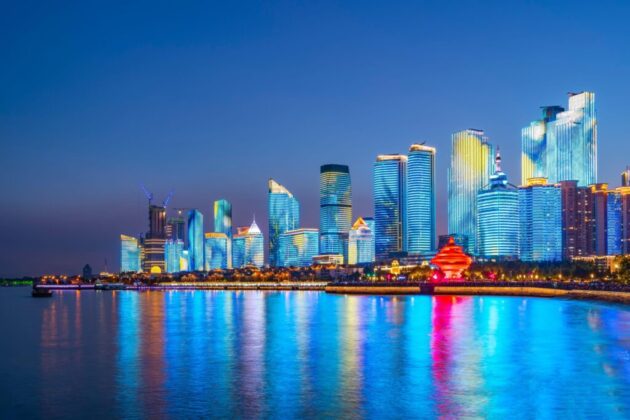
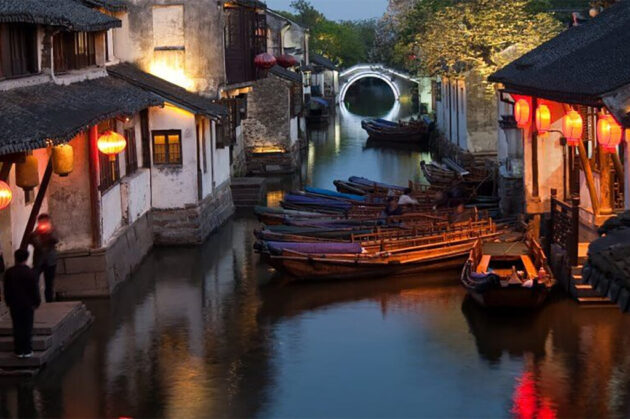
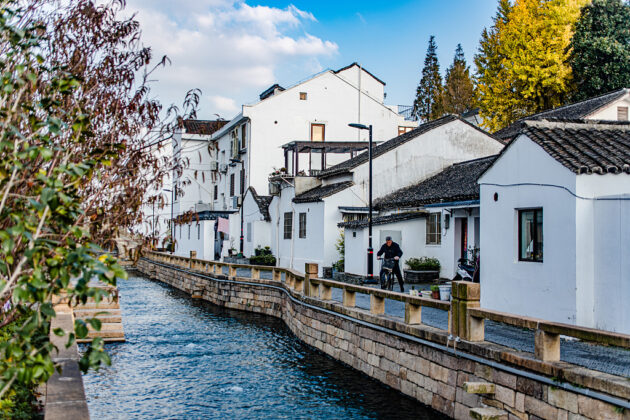
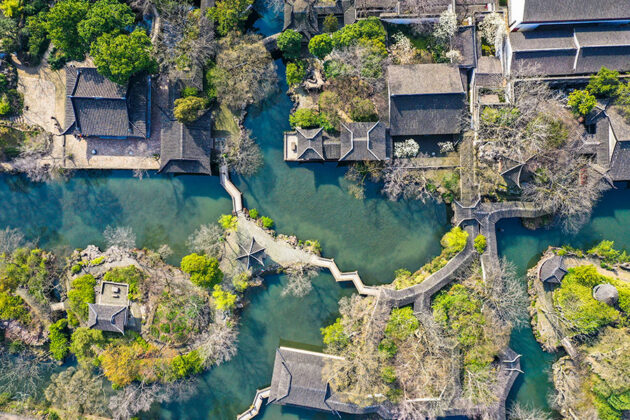
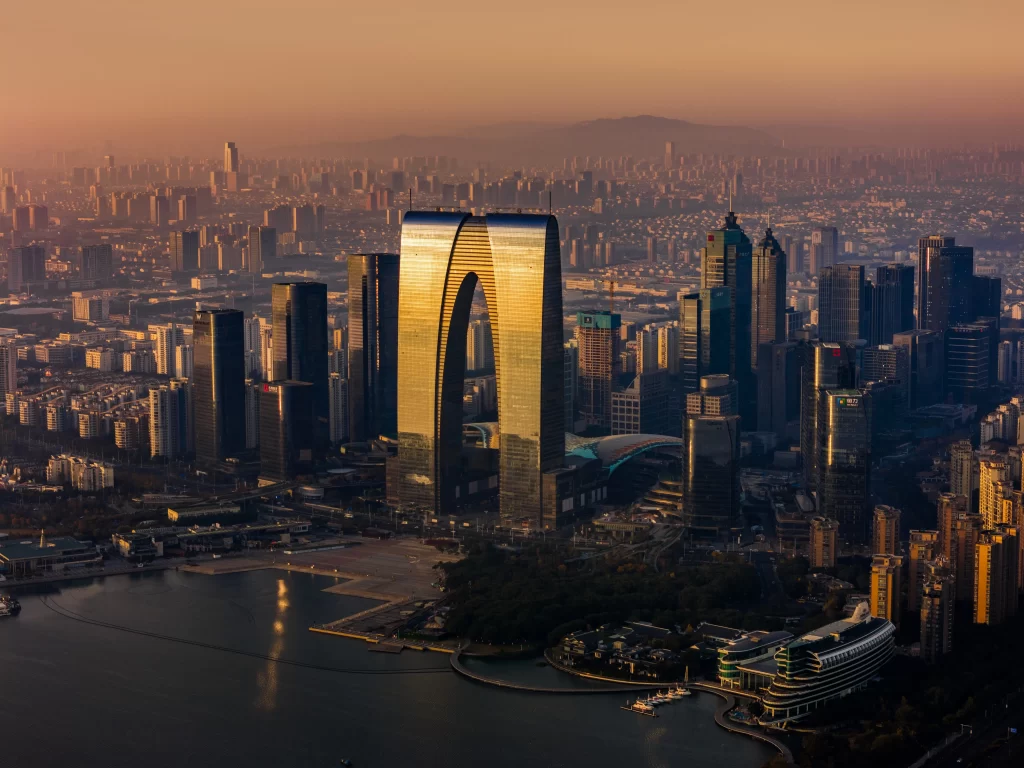
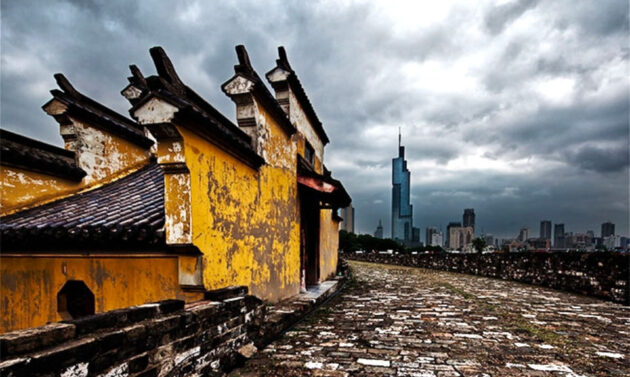
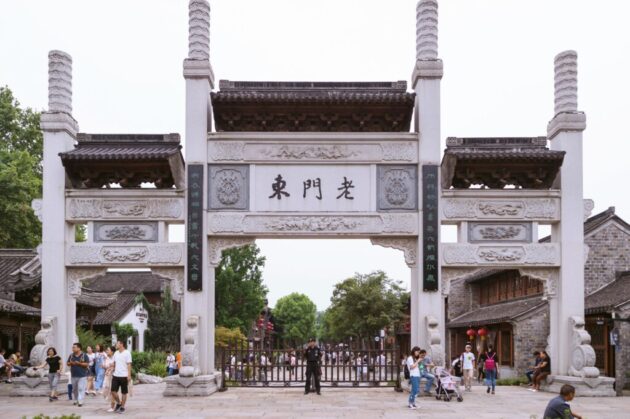
Leave a Reply